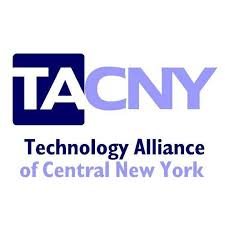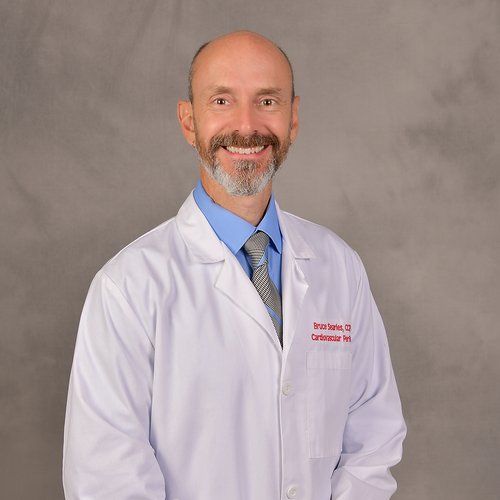
By Caroline K. Reff
In September, the Technology Alliance of Central New York (TACNY) named Syracuse University College of Arts and Sciences’ alumnus Bruce Searles ’21 Ph.D., CCP, LP, CES-A, its Technologist of the Year. The award is TACNY’s highest honor recognizing a Central New York resident who has recently made outstanding contributions to a STEM field. Searles was selected for setting a new global standard for training in the field of cardiovascular perfusion.

With 30 years of experience teaching students and clinicians in the perfusion field, Searles is a certified and licensed perfusionist and ECMO consultant who is certified by the American Board of Cardiovascular Perfusion. He is currently an associate professor and director of the Clinical Perfusion Program at SUNY Upstate Medical University’s College of Health Professions.
According to the National Institute of Health (NIH), perfusion is the circulation of blood through the vascular system that ensures organs and tissue receive sufficient oxygen to function properly. The NIH notes that, during open-heart surgery procedures, the clinical perfusionist “controls, supports and maintains the circulation by application of extracorporeal devices,” more commonly known as a heart and lung machine, temporarily taking over the function of the heart and lungs to provide a still, dry operating field for the surgeon.
Until now, student perfusionists were only able to learn the necessary skills by participating in actual surgeries. However, Searles introduced a high-fidelity simulated surgical experience that provides critical training where students can practice and assess their skills before starting their hospital rotation and without patient risk.
According to “Simulated Cardiopulmonary Bypass: A High Fidelity Model for Developing and Assessing Clinical Perfusion,” published by Searles and his colleagues from SUNY Upstate and Syracuse University in Advances in Simulation, a trial using a cardiopulmonary bypass (CPB) patient simulator “was integrated into a representative operating theater and interfaced with a simple mannequin, a heart-lung machine, clinical perfusion circuitry and other equipment, so that participants were able to complete a simulation scenario designed to represent a typical CPB procedure.”
Reported outcomes showed that using the simulation was an accurate prediction of performance in a true clinical setting and that the model replicates the relevant aspects of CPB and may be used for teaching, practicing and assessing essential skills.
“We’re very proud of Dr. Searles,” says Associate Professor Jason Wiles of the College of Arts and Sciences Department of Biology, who was Searles’ Ph.D. advisor. “His efforts have advanced the training of perfusionists at Upstate Medical University, and his program has served as the benchmark standard in perfusion education around the world.”
TACNY has been promoting and developing STEM for over a century and has been recognizing local organizations and individuals contributing to technology and STEM-related fields for the past 35 years through its Celebration of Technology awards.
